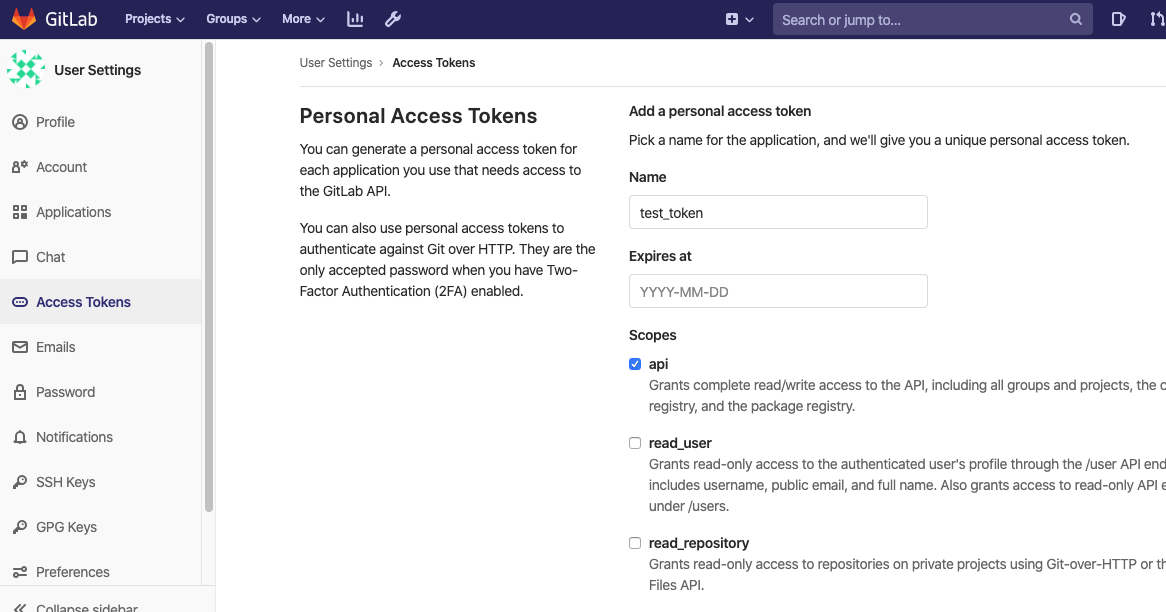

Using Ruby threads in this way means the code is portable and will run in the same way on Linux, OS X, and Windows. However, the main program immediately loops back and awaits new connections. In this example, you have a permanent loop, and when server.accept responds, a new thread is created and started immediately to handle the connection that has just been accepted, using the connection object passed into the thread. Ruby's Thread class makes it easy to create a multithreaded server.one that accepts requests and immediately creates a new thread of execution to process the connection while allowing the main program to await more connections − Most servers on the Internet are designed to deal with large numbers of clients at any one time. Now, run this server in background and then run the above client to see the result. Bye!"Ĭlient.close # Disconnect from the client Server = TCPServer.open(2000) # Socket to listen on port 2000Ĭlient = server.accept # Wait for a client to connectĬlient.puts() # Send the time to the clientĬlient.puts "Closing the connection. Require 'socket' # Get sockets from stdlib This method waits until a client connects to the port you specified, and then returns a TCPSocket object that represents the connection to that client. Next, call the accept method of the returned TCPServer object. Now call TCPServer.open(hostname, port function to specify a port for your service and create a TCPServer object. A TCPServer object is a factory for TCPSocket objects. To write Internet servers, we use the TCPServer class.

Puts line.chop # And print with platform line terminator While line = s.gets # Read lines from the socket Require 'socket' # Sockets are in standard library

The following code is a very simple client that connects to a given host and port, reads any available data from the socket, and then exits − When done, remember to close it, as you would close a file. Once you have a socket open, you can read from it like any IO object. The TCPSocket.open(hosname, port ) opens a TCP connection to hostname on the port. Ruby class TCPSocket provides open function to open such a socket. Here we will write a very simple client program, which will open a connection to a given port and given host. A port may be a Fixnum port number, a string containing a port number, or the name of a service. Typically zero, this may be used to identify a variant of a protocol within a domain and type.Ī string, which can be a host name, a dotted-quad address, or an IPV6 address in colon (and possibly dot) notationĪ string "", which specifies an INADDR_BROADCAST address.Ī zero-length string, which specifies INADDR_ANY, orĪn Integer, interpreted as a binary address in host byte order.Įach server listens for clients calling on one or more ports. The type of communications between the two endpoints, typically SOCK_STREAM for connection-oriented protocols and SOCK_DGRAM for connectionless protocols. These values are constants such as PF_INET, PF_UNIX, PF_X25, and so on. The family of protocols that will be used as the transport mechanism. Sockets have their own vocabulary − Sr.No. The socket provides specific classes for handling the common transports as well as a generic interface for handling the rest. Sockets may be implemented over a number of different channel types: Unix domain sockets, TCP, UDP, and so on. Sockets may communicate within a process, between processes on the same machine, or between processes on different continents. Sockets are the endpoints of a bidirectional communications channel. This chapter gives you an understanding on most famous concept in Networking − Socket Programming.

Ruby also has libraries that provide higher-level access to specific application-level network protocols, such as FTP, HTTP, and so on. At a low level, you can access the basic socket support in the underlying operating system, which allows you to implement clients and servers for both connection-oriented and connectionless protocols. Ruby provides two levels of access to network services.


 0 kommentar(er)
0 kommentar(er)
